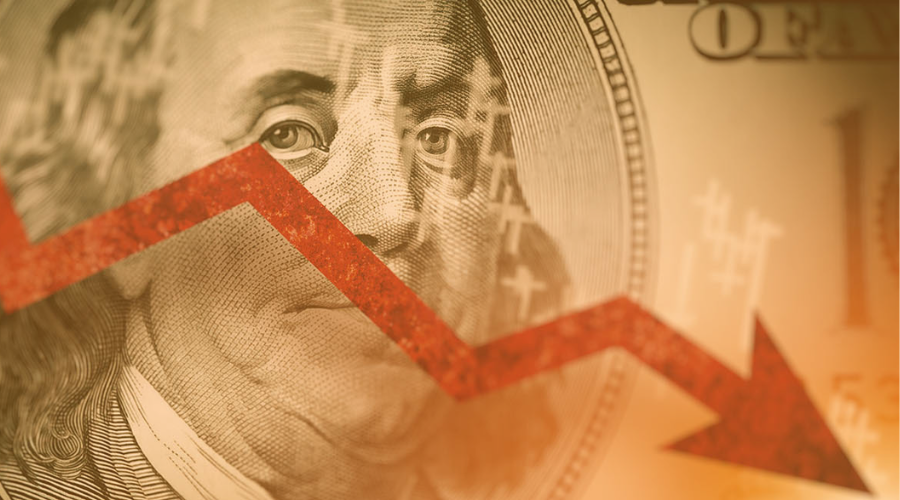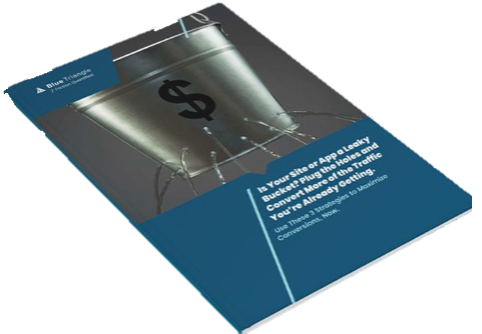Running a business isn't just about pushing products or services out the door – it's about creating an experience. As you design your customer's journey, every digital or physical interaction is a chance to build a relationship or – if mismanaged – break it.
Unfortunately, many businesses face a common silent conversion killer: unresolved friction in their customers' journeys.
In this context, friction is any element of the customer experience that prompts reluctance or slows the progression toward a desired outcome, such as making a purchase.
And when friction is left unaddressed, it's not just customer satisfaction that's on the line – it's your bottom line.
Understanding Customer Friction
Before we tackle how to resolve digital friction, we need to recognize what customer friction is.
Customer friction hinders the seamless progression through the sales funnel. It can manifest in various forms, from a cumbersome checkout process, confusing product information, or slow loading times on a website to poor customer service. These 'hiccups' may seem minor but can lead to abandoning a purchase and, worse still, a diminished opinion of your brand.
Friction costs you lost conversions and revenue. For example, one study by the Baymard Institute found that 69% of all eCommerce visitors abandon their shopping cart. Why?
Many of these abandonments are due to friction in the buying process or poor checkout UX.
But friction can occur at any stage of the customer experience, putting up a roadblock negatively impacting the user experience and costing you lost conversions, revenue, and sales.
The Many Faces of Friction
Digital friction comes in several guises. Some are more overt than others; some are within your direct control, while others may be more systemic or industry-related. And then there's the "Friction Five", or five forces of friction impacting the customer experience, which you can learn more about in this blog post.
Here are the most common forms it takes:
- User Interface Friction: This occurs when your design doesn't support the user's attempt to accomplish a particular task. It could be a cluttered interface, a confusing menu, or a lack of a responsive design for mobile users.
- Decision-Making Friction: Complex decisions can stall the buying process. This friction often occurs when too many options are presented without clear guidance.
- Performance Friction: This refers to anything that slows the customer down, such as slow-loading pages or convoluted navigation, making it challenging to find the desired product or information.
Diagnosing Friction in Your Customer's Journey
You must first identify and understand the friction points to improve your customer's journey. Here's how to diagnose these stumbling blocks in your system:
- Collect Data: Leverage analytics tools to track customer behavior on your digital channels. Look for patterns in their interactions that suggest struggle or hesitation.
- Speak to Your Customers: Surveys, interviews, and reviews are goldmines of customer insights. Asking for feedback, especially from those who didn't complete a purchase, can shine a light on the issues they faced.
- Walk in Their Shoes: Go through the customer's process from start to finish as though you were the customer. This exercise could reveal process inefficiencies or communication misfires from an experiential standpoint.
Addressing Friction: A Step-by-Step Guide
Once you've pinpointed the sources of friction, it's time to tackle them head-on. Here's how to address these issues systematically:
- Prioritize the Problems: Not all friction is created equal. Focus your efforts on the areas that will have the most significant impact. Look for the low-hanging fruit – those quick fixes that can make an immediate difference.
- Design with the Customer in Mind: Redesign or optimize your customer's path with less interruption. Map out the ideal customer's path and remove any obstacles that could deter their progress.
- Test and Learn: Implement changes, but don't assume they're perfect. A/B testing can help you refine your solutions and make evidence-based improvements.
- Iterate and Innovate: Customer needs and expectations are constantly evolving. Stay vigilant and be ready to make iterative changes – and even innovate your processes – as new technologies and best practices emerge.
The Ripple Effects of Frictionless Customer Journeys
When you successfully minimize friction in your customer's journeys, the benefits of frictionless experiences ripple through your organization:
- Increased Conversions: A smoother buying process naturally leads to more completed sales. Fewer obstacles mean more customers reach the finish line.
- Enhanced Trust and Loyalty: Customers appreciate businesses that value their time and experience. You build trust and encourage repeat business by providing a more seamless interaction.
- Valuable Feedback Loop: Creating a feedback culture can turn negative experiences into actionable insights, and in doing so, you create a competitive advantage by constantly learning and adapting.
Keeping the Friction in Check
Creating a frictionless customer journey is not a one-and-done endeavor. It's an ongoing commitment of continuous improvement, understanding your customers' needs, and removing the barriers to meeting them.
Do you have unresolved friction in your customer's journeys? Don't be among those who watch conversions slip away. The cost of not addressing friction in your customer's experience is high in terms of lost immediate revenue and long-term customer loyalty.
By understanding what friction looks like, investigating where it might arise, and actively remedying these issues, you can craft a customer's journey that is not just friction-free but memorable for all the right reasons.

During the holiday rush, every shopper matters
Optimize the customer journey before the eCommerce event of the year.

.jpg)

